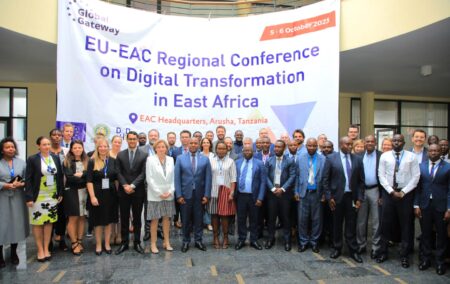Should a common currency in the EAC come to fruition, the trade will be fueled by a reduction, albeit limited, in transaction costs, the elimination of exchange rate risk and region-wide price harmonisation – all of which will undoubtedly be underpinned by policy incentives. Monetary Union is the third stage towards EAC regional integration, capped
[elementor-template id="94265"]











